The portable rigs are ready to go. The antennas are chosen and packed. But there are plenty of other needs to think about before you head off for a remote operating session, including emergency power. There are a lot of variables to consider. Will commercial mains be available? Will they last the entire time? Do you have enough room to transport the equipment you want? Will the operation be inside or outside? Will noise be a problem?
With these questions in mind, let’s explore some emergency power options.
Generator
A generator is an obvious first choice. They are rugged and can provide reliable power for an extended time period. However, generators are not good options when lightness and portability are necessary. Consideration must also be given to where you’ll be setting up and the situation. For example, the sounds and smells from a generator may be unpleasant for families in a campground setting. During a large-scale emergency when no other facilities are available, however, one probably won’t mind the extra fumes and noise.
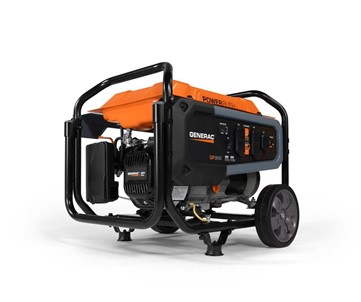
Generac GP3600 Series Portable Generator
Power Stations
A choice that is growing in popularity is a power station. These all-enclosed, carriable, battery-powered units are lightweight when compared to a generator, but may not be the best choice for tossing in a backpack. The A-iPower 300 Watt Lithium Power Station below includes 3 USB ports, one 12-volt outlet, and two 110-volt AC outlets. It can be conveniently recharged with AC adapter, 12-volt adapter, or compatible solar panel.
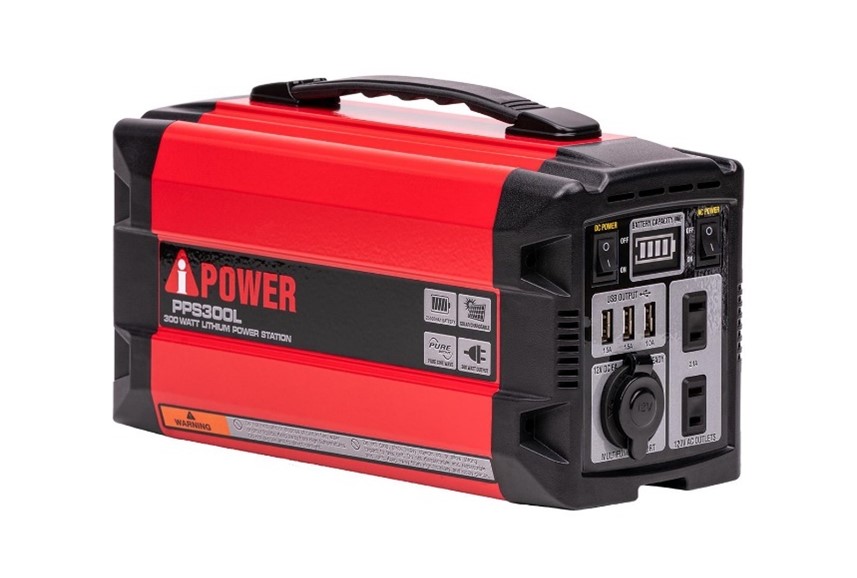
A-iPower 300W Lithium Portable Power Station
Solar
A great option for experimenting with natural energy, the sun can be a free and environmentally-friendly source of electrical power. A solar cell, or photovoltaic cell (PV), converts light into electric current using the photovoltaic effect. Multiple solar cells are connected inside modules that are wired together to form arrays. The arrays are tied to an inverter, which produces power at the desired voltage. Of course, you are dependent on Mother Nature to provide the required sunshine, and a large array for maximum power can become very expensive.
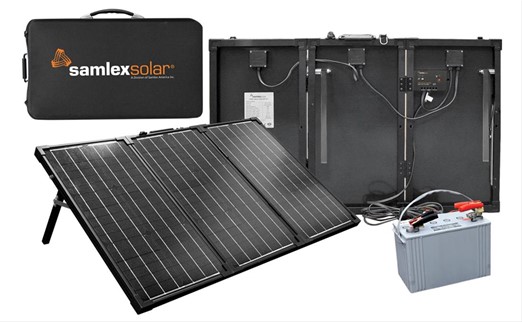
Samlex Solar Portable and Foldable Solar Battery Charging Kit
Batteries
The physics of batteries, and what type can be considered the best, is a subject that can take an article or two to fully explore. We’ll touch on two of the most popular here.
Lead-acid batteries are a good choice for emergency power. They can be used with or without a battery box. The advantages of this type of battery are that they are rugged and have relatively low energy density. Many are deep cycle types that can handle a slow discharge well. Their cost is on the lower side for batteries as well. The main disadvantage to lead-acid batteries is that they can be extremely heavy, which cuts into portability. Some lead-acid designs, like the marine version pictured below, are lighter but also cost more.
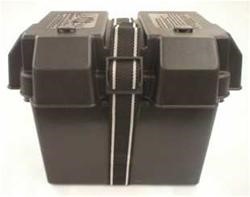
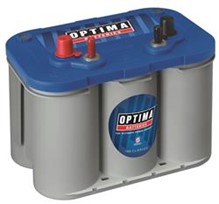
West Mountain Radio Battery Box and Optima BlueTop Deep Cycle Marine 12-Volt Battery
Another popular type is the Lithium Iron Phosphate battery. Lithium Ion Phosphate (LFP) is an inorganic compound with the formula LiFePO4. This battery’s major advantages are that it poses few safety concerns such as overheating and explosion, as well having a long-cycle lifetime, high power density, and a wider operating temperature range. In addition, weight is no longer much of an issue as these are the lightest of batteries. This battery’s major disadvantage is higher cost.
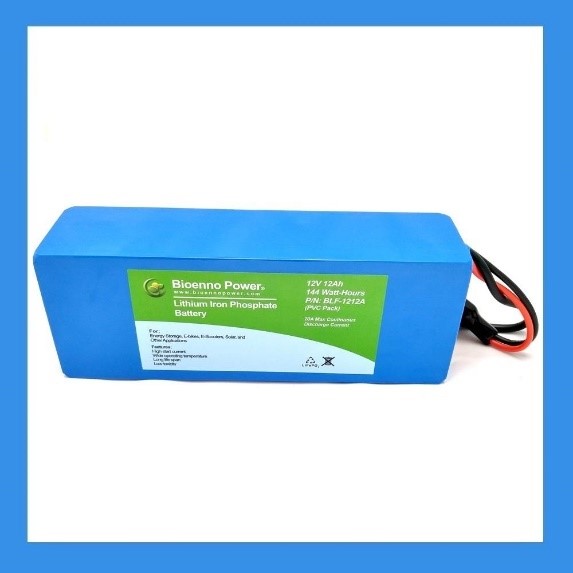
12V, 12Ah Lithium Iron Phosphate Battery
What is your favorite type of alternative power? Questions? Share them in the comments below or email me at KE8FMJ@arrl.net.

